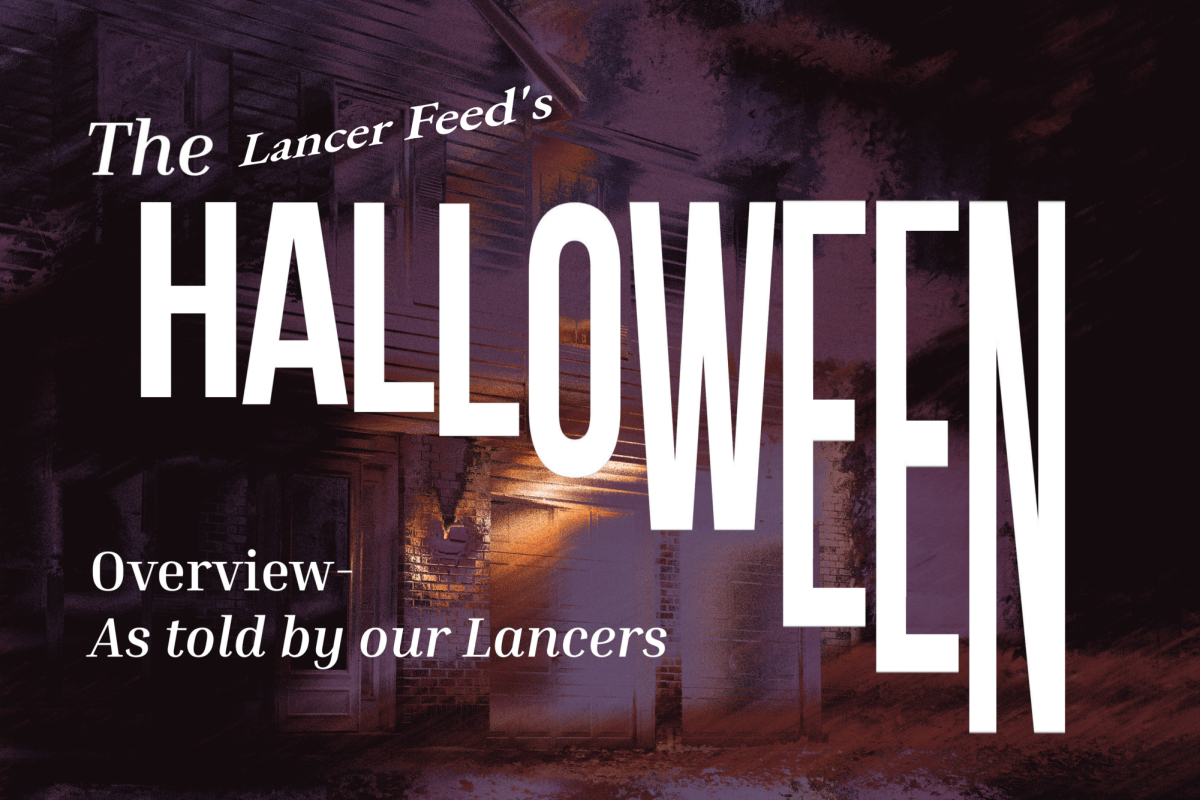“Middle Earth: Shadow of Mordor” proves fun despite bland story-line
“Shadow of Mordor” presents a fun game, despite a confusing story
November 3, 2014
Since I’m not the biggest Tolkien fan, I didn’t pay attention to the release of “Middle Earth: Shadow of Mordor,” an action game taking place in the “Lord of the Rings” universe. However, this new release genuinely surprised me and became one of my favorite new games.
Set in between the events of “The Hobbit” and “The Lord of the Rings” saga, “Shadow of Mordor” follows Talion, a ranger who was ritualistically sacrificed along with his family in an attempt to capture an extremely powerful ghost, the wraith. However, the wraith chooses Talion as his host, resurrecting Talion and granting him with immense power. With his new found strength, Talion decides to go out and find the men who murdered his family and seek revenge.
Talion’s story is semi-interesting, but is cliche over all. The plot is rather simple and in most parts pretty bland, which is sad given that “Shadow of Mordor” takes place in one of the largest and most engrossing fantasy worlds ever made.
The game starts out by giving you no back story or build up, leaving you guessing what is going on.
The only story given to the player is in the first five minutes, in which Talion and his family are introduced and then murdered. After, Talion wakes up in the afterlife and discovers a wraith has resurrected him. Without questioning anything, Talion decides to go along with it and fight the big evil bad guy.
At no point does Talion decide he needs to stop listening to the wraith and mourn, which would build his character as a man fighting for his family. Instead, Talion looks the wraith in the face and jumps out into the big wide world without questioning a thing.
The lack of an adequate opening hurts the central plot of the game in the end, because the game has no real reason to love its lead character.
“Shadow of Mordor” tries to build a similar relationship and create a motive for Talion, but simply fails at creating a connection between the player and the main character, leaving players more as observers than people invested in the events occurring.
Similar to the plot, the main game itself opens up with little explanation or introduction.
From the beginning, there are few limitations stopping a player from skipping the story and exploring the beautifully made interpretation of Mordor, filled with fields of dismay, mountains of lava and death. However, this also means that players can possibly run into an enemy that isn’t intended to be met until later in the game and then instantly get killed, as I did multiple times in the first few hours of the game.
This could be contributed to just not being good at the game and not following the plot, but early exploration can be a pain because of it. If you want to see the great land that has been created for you to explore, its in your best interests to do a few missions and learn how to play first.
“Shadow of Mordor” plays like the majority of action games traditionally, with a two button combat system that can either be fairly simple or amazingly complicated, however the player wants.
Players can block, parry and stun with relative ease and speed. Also, players can broaden their abilities with skills that can be unlocked; such as the ability to throw daggers to ride massive beasts. The combat more or less follows the examples set by the other recent action games, but with a handful of welcome new elements.
Countering instantly stops whatever action Talion is doing and thrusts him into battle, unlike in other games where you are forced to wait until the currently selected move completes to follow up into something different. It isn’t a massive change, but makes a tangible difference in the flow of battles.
An innovation added to the game is “The Nemesis System,” a game-within-a-game that affects the entire world around Talion. The enemy army is built up of captains and War Chiefs, each with the same goal in mind; to rise even higher within their ranks. In the background, with or without player intervention, the game constantly sets up back stabs and acts of betrayal as Orcs attempt to reach their aspirations of power.
This constant evolution of the community surrounding you makes it feel as if the game’s world is alive, constantly progressing and evolving alongside Talion. Most games just have nameless grunts whom you are charged with beating senseless, but “Shadow of Mordor” makes it feel like this specific enemy has climbed to the top and deserves to be taken down.
All in all, “Middle Earth: Shadow of Mordor” is a fun to play action game with fun and new mechanics added in with welcome arms. However, despite great game play and a beautiful world to play around in, the “Shadow of Mordor” overall suffers from an underdeveloped story, which is a shame compared to the books that the game is based off of.




































